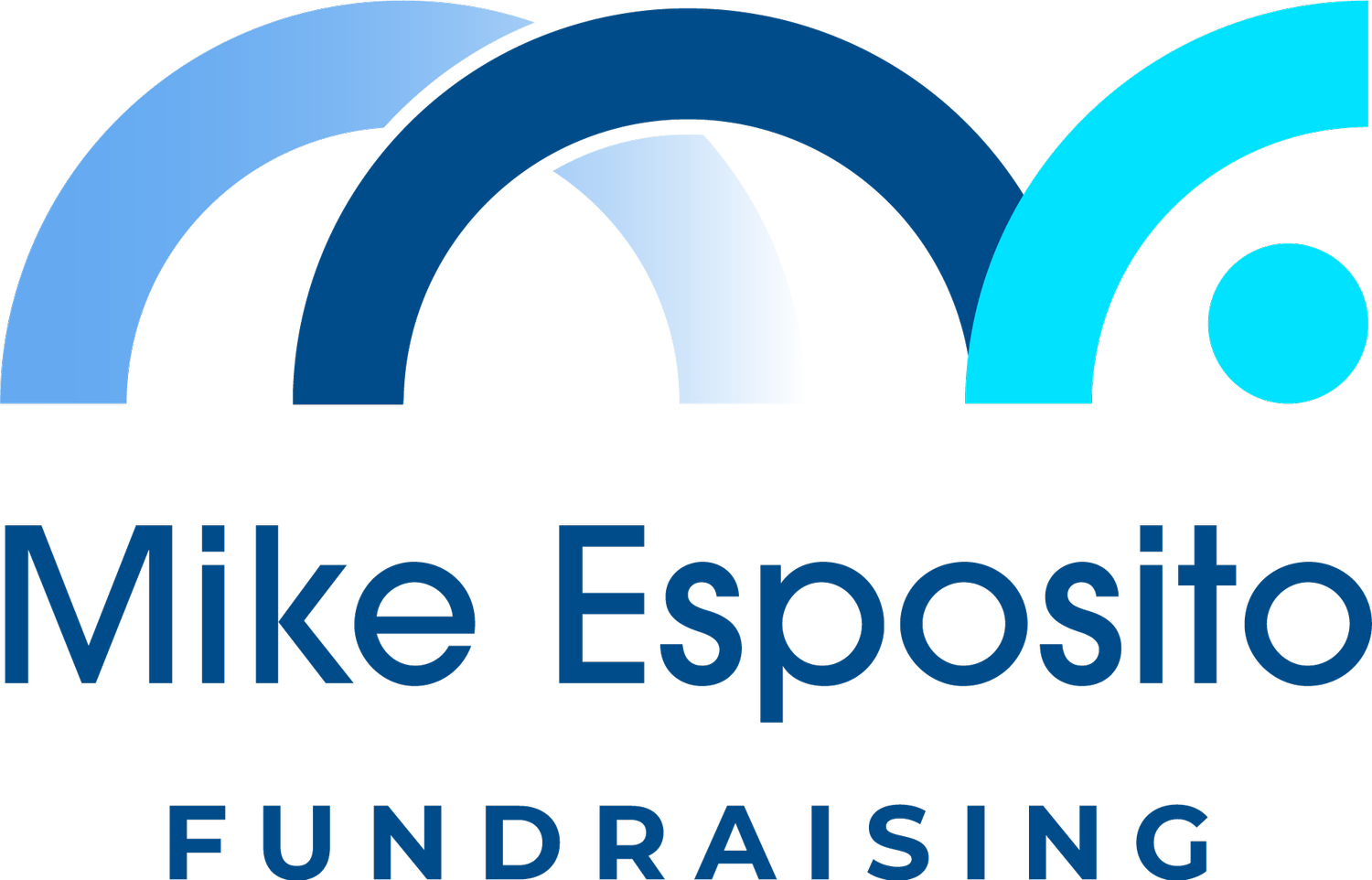Reviewing AI writing is not the same as reviewing human writing
By: Sarah Pita
When you review something a human wrote, part of the job is finding typos, run-on sentences, awkward flow of language, messy metaphors, paragraphs that are too long, and all the things that get in the way of expressing an idea. When you go into “editor” mode, you may find yourself looking for those things.
But that’s not what you need to look for in AI writing. It reads very smoothly, though it may have an aftertaste of plastic—not literally, but that’s how I feel when I read something I can tell was written by ChatGPT. It’s not the em-dashes, it’s that aftertaste of plastic.
You need a different, and very alert, brain when you are reviewing AI-generated text. Look for:
Flawed underlying ideas
AI doesn’t know everything you know. Your prompt may not have captured the full context it needs. Or its predictive nature may have taken it in a direction other than you intended.
Fictional examples that fit perfectly where the AI put them
WATCH OUT for this in fundraising language, like appeals or grant narratives. I have seen both ChatGPT and Claude add examples with no basis in reality because they fit that space in the writing really well.
Language that is subtly inappropriate for the context
Not necessarily overtly offensive. But it may lean into “inspiration” in language about disability, for example, or fall into gendered assumptions.
Underlying bias reflecting cultural context so perfectly you almost don’t see it.
AI might default to describing female leaders as 'passionate' or 'caring' while describing male leaders as 'strategic' or 'decisive' - even when writing about the same accomplishments.
It makes many subtle decisions in writing, just like we do, but without conscious intent. And some of them may not be what you want. But if you aren’t paying attention, you could actually miss them.
And this is why human oversight of AI-generated writing is so important. If your communications and fundraising materials are discovered to be dishonest, who will still trust you? And without trust, who will fund you or participate in your services?
The smooth, bland voice of AI can seem weirdly impenetrable compared to human writing. But you need to look below the surface, or you will miss the things that actually matter.
About the Author:
Sarah Pita is a fundraising professional with 25+ years of experience and a dynamic speaker who makes AI approachable and immediately useful for nonprofit teams. She leads practical, engaging trainings and workshops on using AI for fundraising and has presented at groups such as Women In Development NYC and at the AFP GPC Leading Philanthropy conference, among others. Sarah is currently Director of Development at the Center for Independence of the Disabled, New York.
Interested in an AI workshop or training? Contact Sarah here.

